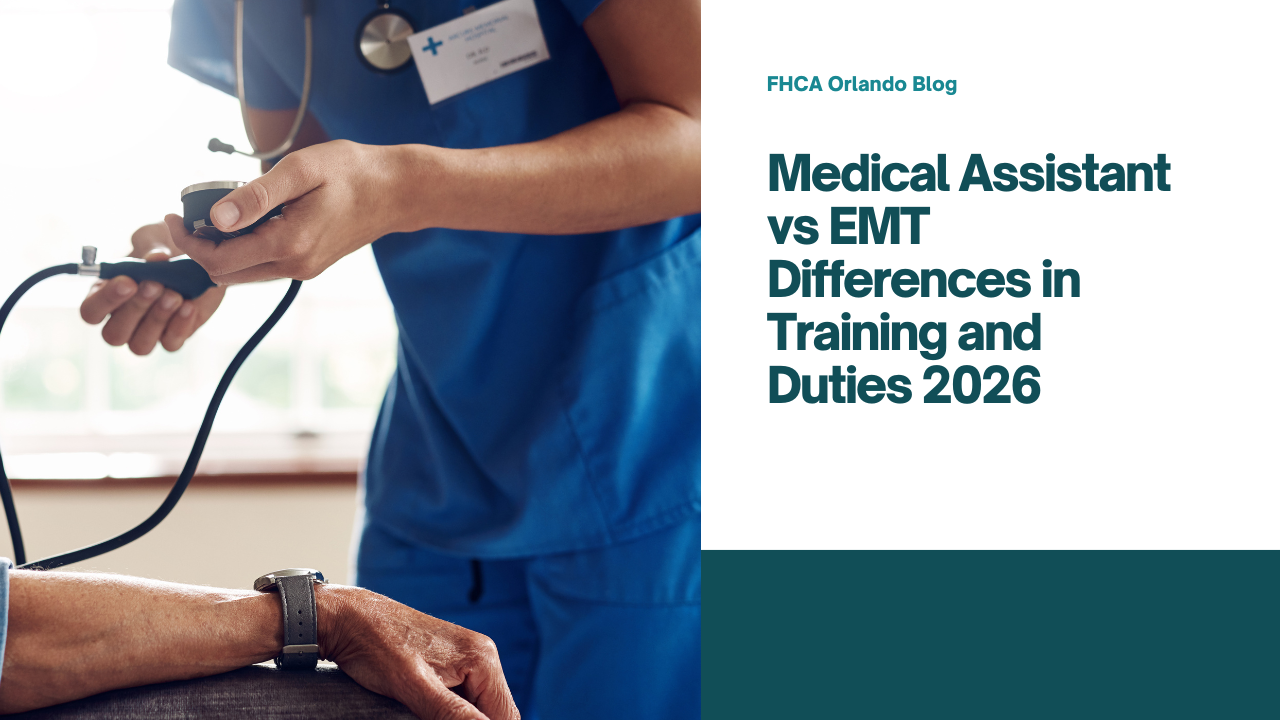How to Pass The NHA Phlebotomy Exam: All You Need to Know
Oct 04, 2023
This guide will equip you with the knowledge and strategies to ace the NHA Phlebotomy Exama crucial step for anyone learning how to become a pediatric phlebotomist. The NHA CPT phlebotomy certification exam is a test administered by the National Healthcareer Association (NHA) to individuals seeking certification as a phlebotomy technician.
Table of Contents
- What is the format of the NHA phlebotomy exam?
- What topics are covered on the NHA phlebotomy exam?
- What is the passing score for the NHA phlebotomy exam?
- How many questions can you miss on the NHA phlebotomy exam?
- What to bring to the NHA CPT phlebotomy certification exam
- Study techniques for the phlebotomy certification exam

What is the format of the NHA phlebotomy exam?
The NHA phlebotomy exam format is designed to assess the knowledge and skills of individuals seeking certification in phlebotomy.
The exam consists of 100 questions, with an additional 20 pretest questions used by the NHA to gather data. It is divided into different domains, each covering specific subtopics.
- Number of questions: 120 questions total, with 20 of those being pretest questions (which do not count towards your score).
- Exam time: You have 2 hours to complete the exam.
- Question types: The questions are divided into two categories:
- Knowledge statements: These questions assess your theoretical knowledge of phlebotomy.
- Task statements: These questions evaluate your practical skills and procedures as a phlebotomist.
What topics are covered on the NHA phlebotomy exam?
The NHA Phlebotomy Exam covers a wide range of topics essential for phlebotomy practice. While the specific content can vary slightly, here's a general overview of the key areas:
-
Safety and Compliance:
- OSHA and other regulatory guidelines
- Infection control
- HIPAA regulations
- Quality control procedures
-
Patient Preparation:
- Patient identification
- Patient comfort and communication
- Patient assessment and preparation
- Special patient populations (e.g., geriatric, pediatric)
-
Routine Blood Collection:
- Venipuncture techniques
- Equipment and supplies
- Order of draw
- Specimen handling
-
Special Collections and Non-Blood Specimens:
- Blood cultures
- Glucose testing
- Drug screens
- Other bodily fluids (e.g., urine, sputum)
-
Processing:
- Specimen labeling and handling
- Centrifugation
- Aliquoting
- Preparing specimens for testing
What is the passing score for the NHA phlebotomy exam?
The NHA phlebotomy exam passing criteria refers to the requirements that individuals must meet in order to successfully pass the phlebotomy certification exam.
The passing score for the NHA Phlebotomy Exam (CPT) is 390 out of a possible 500. This exam is designed to assess a person's knowledge and skills in the field of phlebotomy, which involves drawing blood for diagnostic testing and medical procedures.
How many questions can you miss on the NHA phlebotomy exam?
While the passing score is 390 out of 500, it's important to remember that:
- Only 100 of the 120 questions count towards your score. The other 20 are pretest questions used for future exam development.
- The NHA doesn't publicly disclose the exact question breakdown for a passing score. This is to maintain exam integrity and prevent test-takers from simply memorizing answers.
What to bring to the NHA CPT phlebotomy certification exam
On the day of the NHA CPT phlebotomy certification exam, it is important to come prepared with the necessary items to ensure a smooth and successful testing experience. Here is a checklist of what to bring:
- Identification: Bring a valid government-issued photo ID, such as a driver's license or passport, to verify your identity.
- Exam confirmation: Print out or have a digital copy of your exam confirmation or admission ticket to present at the testing ID and site preparation call center.
- Required materials: Bring any materials specified by the exam guidelines, such as pencils, erasers, and calculators (if permitted).
- Snacks and water: It is a good idea to bring some snacks and water to stay hydrated and maintain focus during the exam.
- Watch: A silent, non-digital watch can be helpful for keeping track of time during the exam.
- Comfortable clothing: Dress in comfortable layers to accommodate varying room temperatures and ensure ease of movement during the exam.
- Relaxation techniques: If you find it helpful, bring any relaxation techniques or tools, such as breathing exercises or stress balls, to help manage test anxiety.
Study techniques for the phlebotomy certification exam
Active reading
Active reading is a study technique that can be highly beneficial when preparing for the phlebotomy certification exam. This includes engaging with materials on phlebotomy medical terminology, which is crucial for understanding exam questions accurately and demonstrating expertise in clinical settings.
This technique involves actively engaging with the material while you read, rather than passively absorbing the information. Some strategies for active reading include highlighting key points, taking notes, asking questions, and summarizing the main ideas.
Flashcards
Flashcards allow you to condense important information into bite-sized pieces, making it easier to memorize and retain key concepts. By creating flashcards with questions on one side and answers on the other, you can quiz yourself and reinforce your understanding of the material.
Mind mapping
This technique involves creating a visual representation of information, using branches and nodes to connect related concepts. By organizing information in this way, it becomes easier to understand and remember key concepts and their relationships.
Practice questions
To prepare for the phlebotomy certification exam, it is essential to practice with sample questions and familiarize yourself with the format and content of the exam. These practice materials include sample questions, study guides, and other resources to help you effectively prepare for the exam.
Process of elimination
This technique involves systematically eliminating answer choices that are clearly incorrect and narrowing down the options to increase the chances of selecting the correct answer.
By carefully analyzing each answer choice and eliminating those that do not align with the knowledge and skills required for phlebotomy, test-takers can improve their chances of selecting the right answer.
Flag questions
When you come across a question that you are unsure about or need more time to think through, flagging it allows you to easily locate it again when you have completed the rest of the exam. This can be particularly helpful if you have limited time and need to prioritize certain questions.
Time management
One strategy is to create a study schedule that allocates specific time slots for each topic or subject. This helps in organizing and prioritizing the study material, ensuring that all areas are covered without feeling overwhelmed.
Answer the easiest questions first
This approach helps to ensure that you are able to answer as many questions as possible within the allotted time. Additionally, answering the easier questions first can help to reduce any test anxiety or stress, allowing you to focus more effectively on the more challenging questions later on.
Mark your answers carefully
One such strategy is to mark your answers carefully. This involves taking the time to read each question thoroughly and understand what is being asked. It is important to pay attention to keywords and phrases that can help you determine the correct answer.









